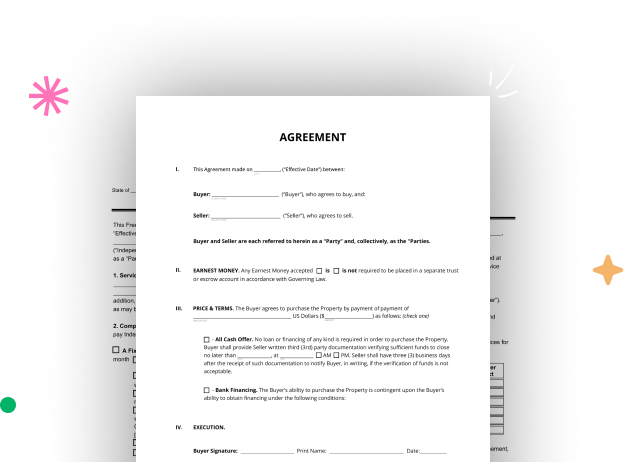

Start by signing up for a free DocHub account using any offered sign-up method. If you already have one, simply log in.
Try out the complete collection of DocHub's advanced tools by registering for a free 30-day trial of the Pro plan and proceed to craft your Anti-Retaliation Legal Form.
In your dashboard, click the New Document button > scroll down and choose to Create Blank Document. You will be taken to the editor.
Use the Page Controls icon indicated by the arrow to switch between different page views and layouts for more flexibility.
Use the top toolbar to add document fields. Insert and arrange text boxes, the signature block (if applicable), insert images, etc.
Organize the fields you added per your preferred layout. Customize each field's size, font, and alignment to make sure the form is straightforward and neat-looking.
Save the ready-to-go copy in DocHub or in platforms like Google Drive or Dropbox, or design a new Anti-Retaliation Legal Form. Distribute your form via email or utilize a public link to engage with more people.